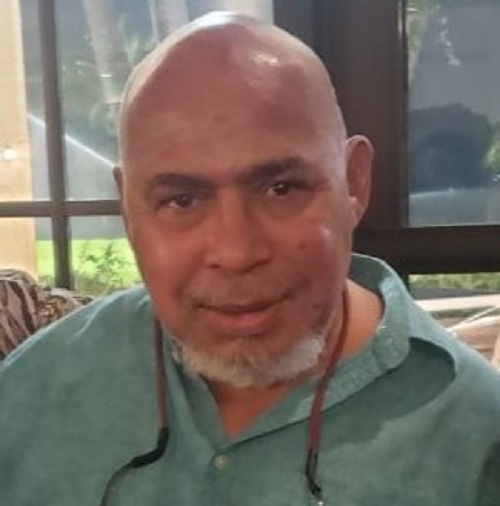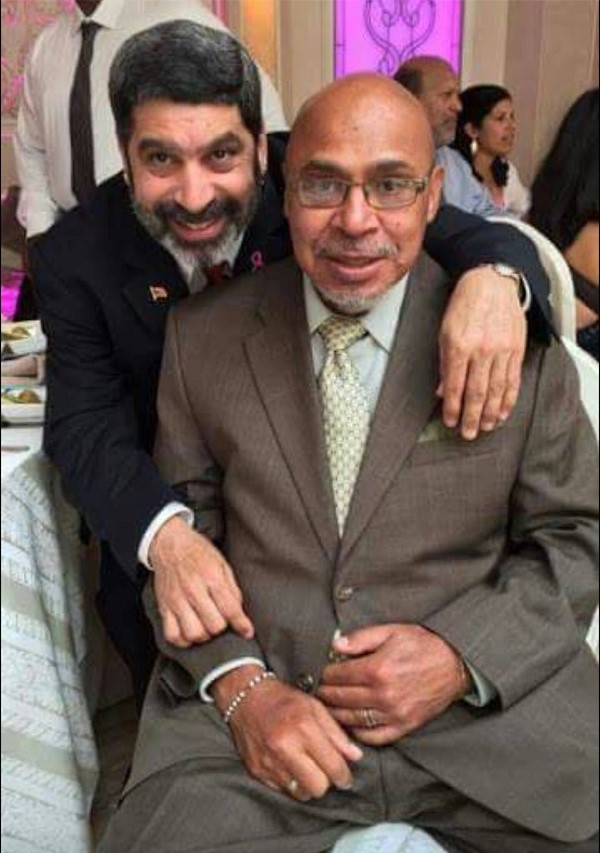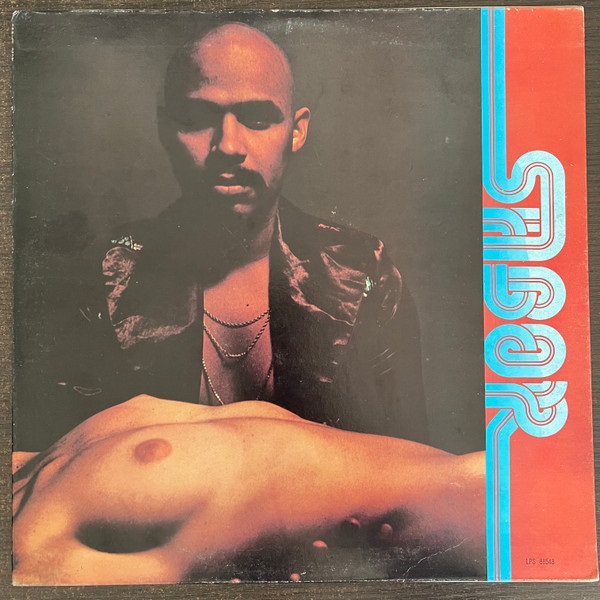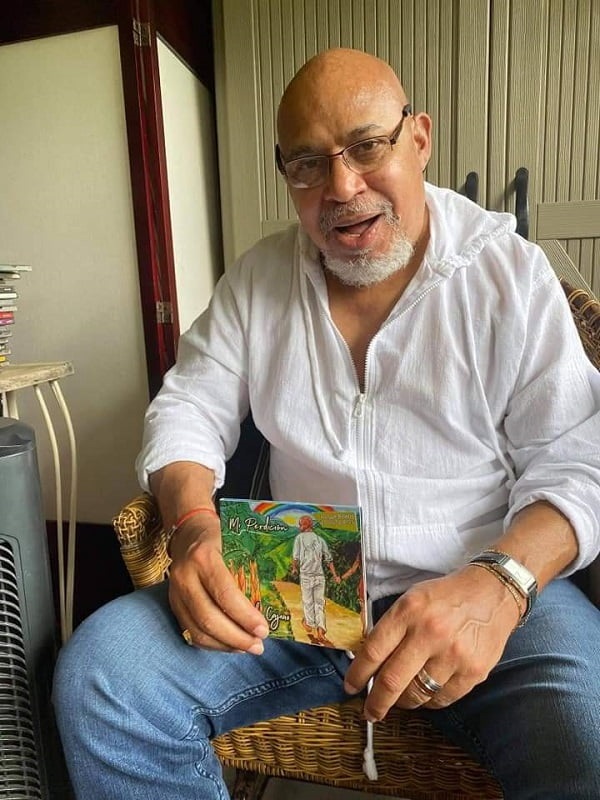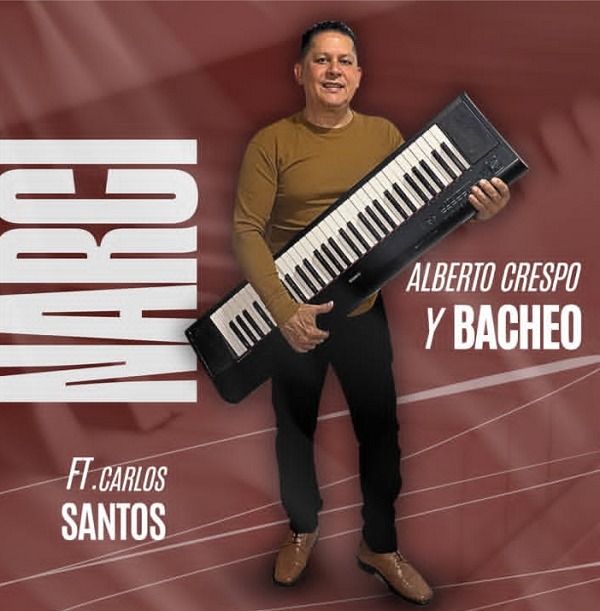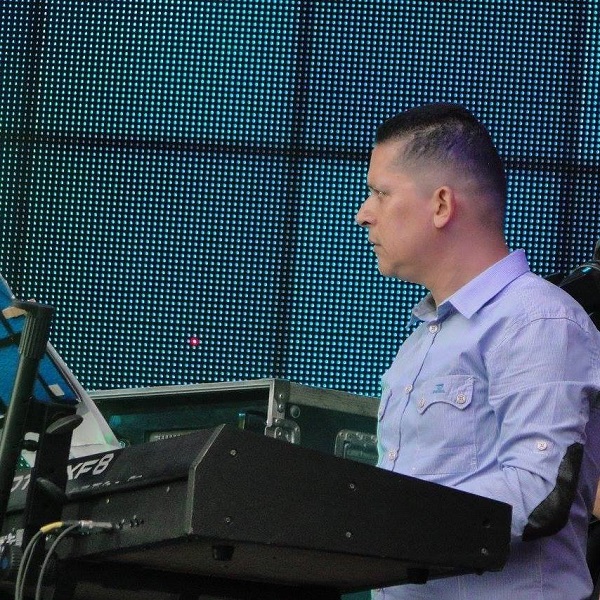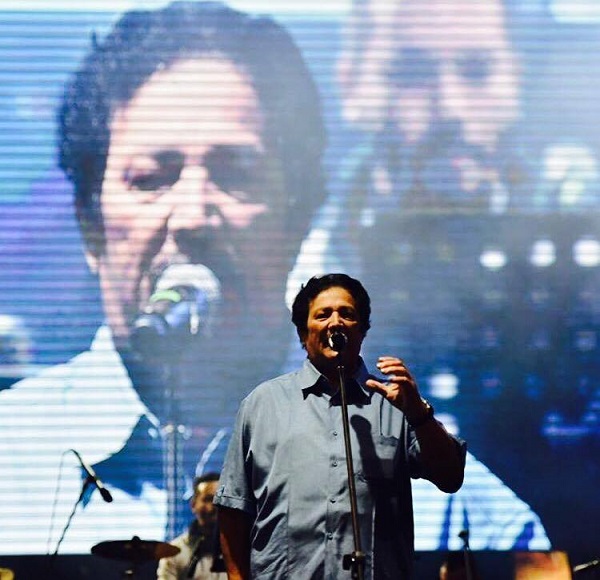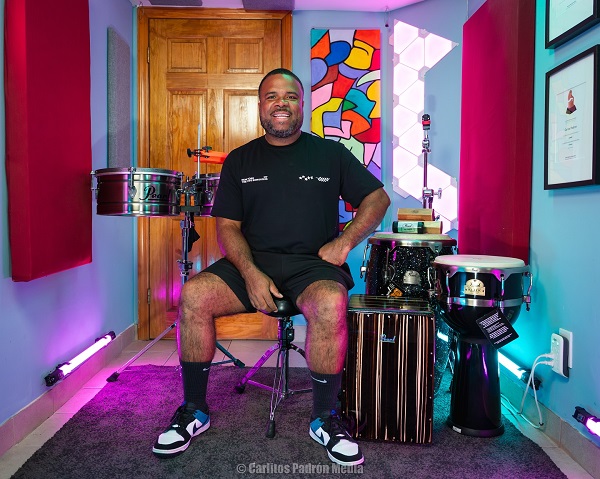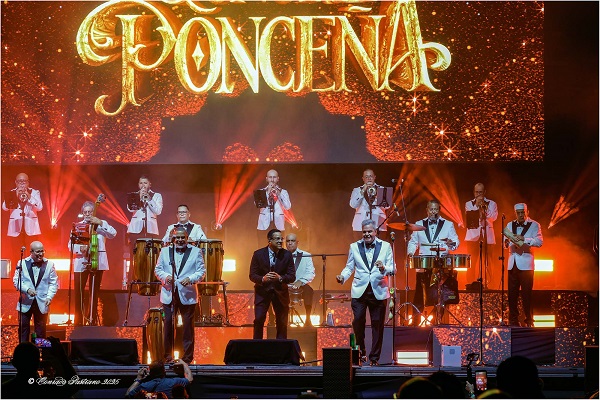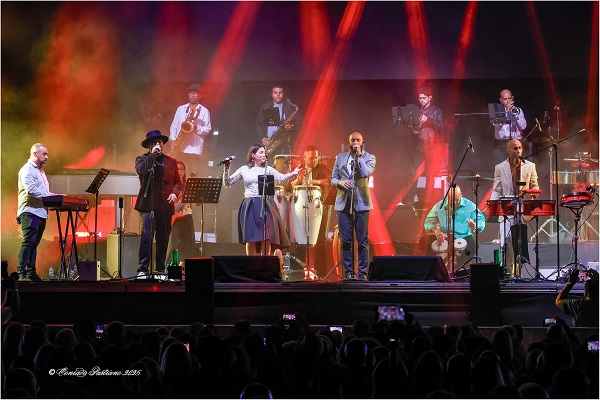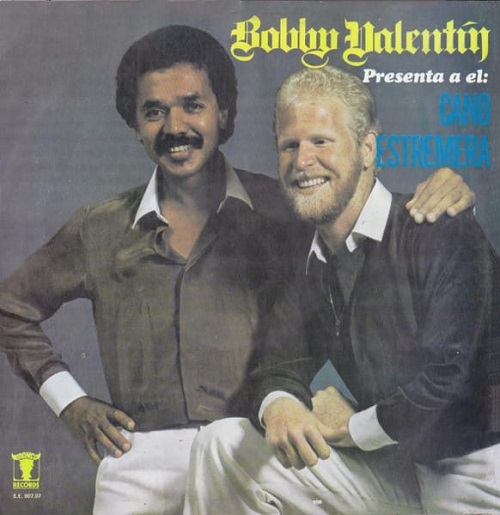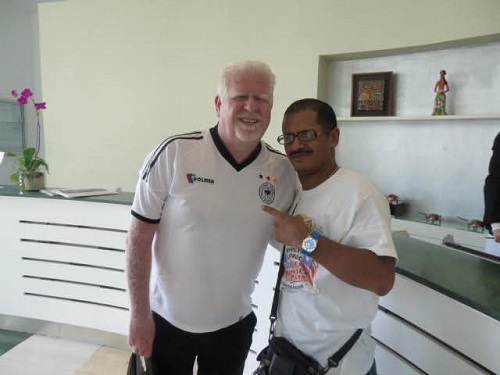Latin America / Venezuela / Bolivar
“Venezuela is one of the countries located in South America, facing the Caribbean Sea and the Atlantic Ocean, bordered to the South by Brazil, to the West by Colombia, and to the East by Guyana:
It is known for being one of the countries with a wide variety of climates, but primarily tropical. It boasts a rich diversity of flora and fauna, and therefore offers a wide range of tourist attractions. Among these, we can mention the Guayana Region, home to the ‘Gran Sabana,’ one of the most exotic and incredible places with a very pleasant tropical climate.

It’s also the oldest, dating back to the Precambrian era, where we can appreciate the Tepuis – large mountains or plateaus that were eroded by rainfall. There’s also a great variety of waterfalls, rivers, and lagoons. One of the most popular tourist spots in the region is ‘Canaima National Park,’ where we can admire its incredible lagoon with various falls or waterfalls, and a more or less close view of several Tepuis.”
“Canaima National Park is one of the most visited and extensive places in the Gran Sabana. It’s a vast natural reserve featuring unique and special abrupt landforms found nowhere else in the world. The Tepuis that can be observed have vertical walls and almost flat summits. One of the most well-known is ‘Mount Roraima,’ famous for being the highest and easiest to climb in the entire park, and ‘Auyan-Tepui,’ which is the most visited as it is home to the world’s highest waterfall, known as ‘Angel Falls.'”
